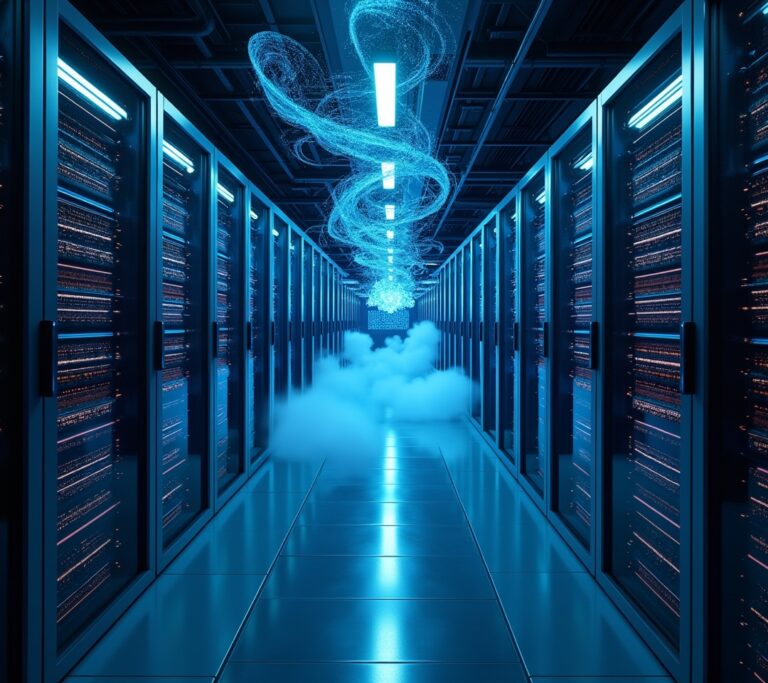Advertisements
The first time I heard the term “digital twin,” I imagined something straight out of a sci-fi movie. However, as I dove deeper into the concept, I realized it’s very real—and already transforming the world we live in. From aerospace to healthcare, digital twins are helping industries rethink how they design, monitor, and improve their systems. If you’re even remotely interested in tech trends shaping the future, this is one concept you absolutely need to understand.
What Exactly Is a Digital Twin?

To put it simply, a digital twin is a virtual replica of a physical object, process, or system. Think of it as a digital mirror that reflects the real-world behavior and conditions of its physical counterpart in real time.
When I first explored digital twin platforms, I was surprised by how accurate and interactive they’ve become. Thanks to sensors, AI, and IoT technology, digital twins continuously receive real-time data, allowing companies to simulate, predict, and optimize performance before making changes in the physical world.
Why Should You Even Care?
At first, I thought this technology was only useful for big corporations. But then I started seeing applications in areas that affect all of us—like smarter cities, better healthcare, and safer vehicles. The power of digital twins lies in their ability to prevent problems before they happen, saving time, money, and even lives.
Because we now live in a world driven by data and optimization, digital twins offer a competitive edge. You can spot inefficiencies, test improvements, and make data-driven decisions—all without touching the actual product or process.
Real-World Examples That Blew My Mind
Manufacturing Gets a Digital Overhaul
I spoke to an engineer who works in automotive manufacturing. He explained how his company uses digital twins to simulate the entire car production process. Before they build a single vehicle, they’ve already run thousands of simulations to check for design flaws, mechanical issues, and supply chain slowdowns. It’s like having a digital test drive before spending a dime on physical production.
Smart Cities Are Becoming Smarter
When I visited a smart city pilot program, I saw how municipalities use digital twins to manage traffic, energy, and public safety. These cities create replicas of infrastructure systems to monitor energy usage and respond to emergencies in real time. That kind of efficiency isn’t just cool—it’s lifesaving.
Healthcare Enters the Digital Era
One of the most inspiring stories I came across was about digital twins in healthcare. Doctors are now using digital replicas of patient organs to plan surgeries and test treatments. In some cases, these simulations have drastically improved outcomes by predicting how a patient will respond to a particular drug or procedure.
How Industries Are Embracing the Shift
Here’s a breakdown of how several key industries are adopting digital twin tech—and why it matters:
Aerospace and Defense
Aircraft manufacturers use digital twins to monitor engine performance and schedule maintenance. This prevents in-flight failures and reduces downtime.
Energy and Utilities
Wind farms and power plants create digital versions of turbines and grids to boost efficiency, cut emissions, and reduce energy waste.
Retail and E-Commerce
I was surprised to learn how digital twins are being used in inventory management. Virtual replicas of warehouses help companies improve logistics, forecast demand, and prevent stockouts.
Construction and Real Estate
Architects and developers build digital twins of entire buildings to simulate how structures will hold up against weather, traffic, and time.
The Tech Behind the Twins
What powers digital twins? A mix of technologies that work in sync:
- IoT sensors for collecting real-world data
- Cloud computing for storing and processing massive data sets
- Machine learning to predict future behaviors
- AR and VR for immersive visualization
When I tested a digital twin dashboard, the interface felt intuitive, even for someone without a tech background. Real-time updates, alerts, and predictive analytics were all presented clearly. It made me realize just how accessible this technology is becoming.
Challenges and Concerns
Of course, no tech revolution comes without its challenges. Data privacy, cybersecurity, and integration complexity are major concerns. I’ve read reports where poorly secured digital twins were targeted by hackers, leading to serious data leaks. So, while the promise is huge, organizations need to invest in secure, ethical implementations.
So, Is It Just Hype?
After months of research and conversations with industry insiders, I can confidently say digital twins are not just a buzzword. They’re already delivering value in industries that touch our everyday lives. Yes, adoption takes time, and yes, there are challenges. But the benefits are too powerful to ignore.
Why You Should Pay Attention

If you’re into tech like I am, digital twins are one of the most exciting developments to follow. They combine innovation, practicality, and future-readiness in a way that few technologies do. I believe they’ll be as common in five years as cloud computing is today.
So keep your eye on digital twins. They’re not just shaping the future—they’re actively building it.
Want more insights like this? Stay tuned to Tech Digest for the latest on groundbreaking tech trends and how they’re shaping our world.




[…] more real-life tech insights and simple guides, stay tuned to Tech Digest—we’ve got you covered every step of the […]